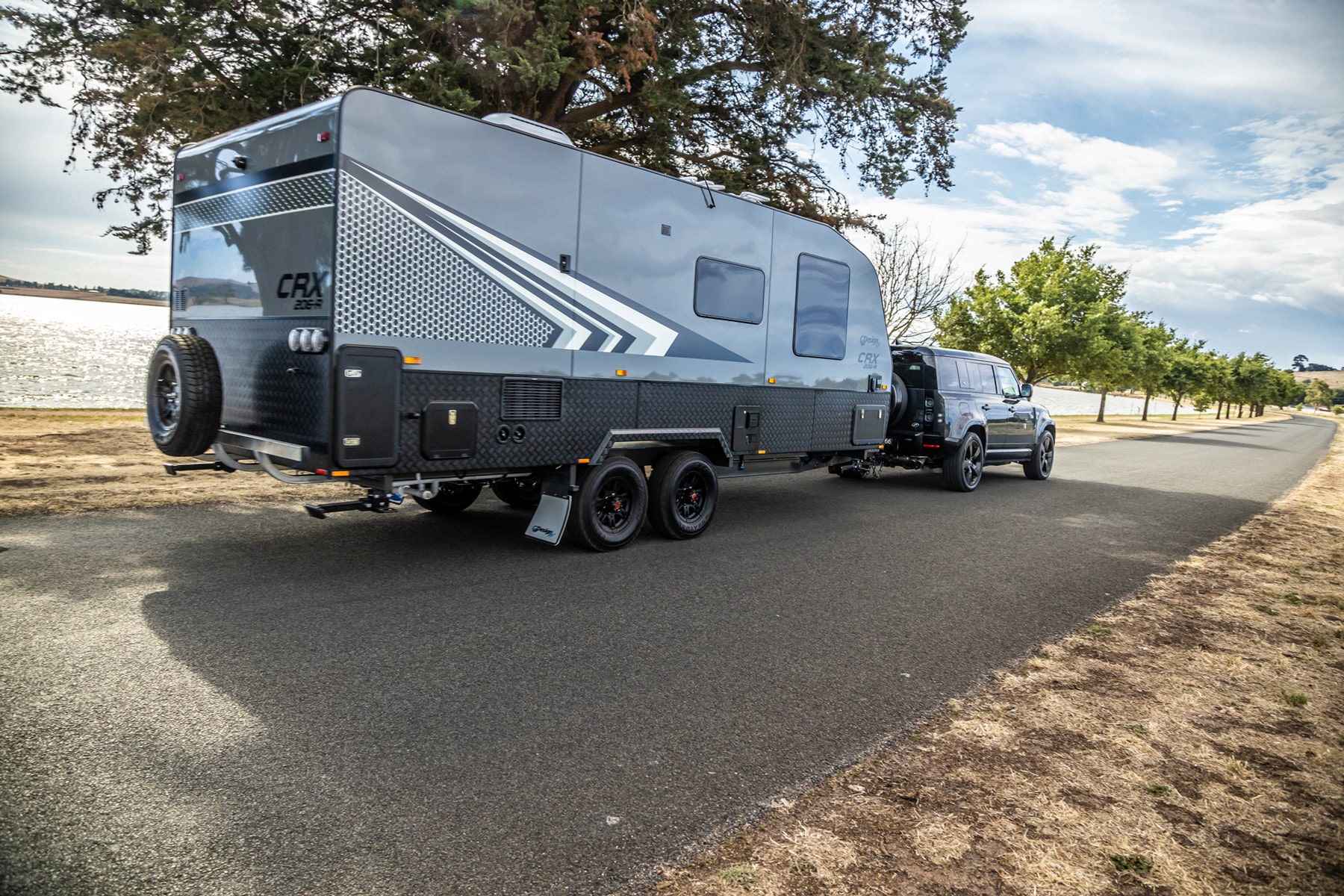Tire Pressure Tips: Off-roading with your RV can be an exhilarating experience, taking you to remote and beautiful places that are inaccessible by regular roads. However, the key to a successful off-roading adventure is knowing how to adjust your tire pressure for different terrains. Proper pressure not only enhances traction but also prevents damage to your RV. In this guide, we’ll explore tire pressure tips for off-roading on various terrains, including sand, mud, rocks, and gravel.
Understanding the Basics
Before delving into terrain-specific tips, it’s important to grasp the basics of tire pressure adjustment. Lowering your pressure provides a larger contact patch, which increases traction and helps prevent your RV from getting stuck. However, going too low can damage the tires or rims, so finding the right balance is essential.

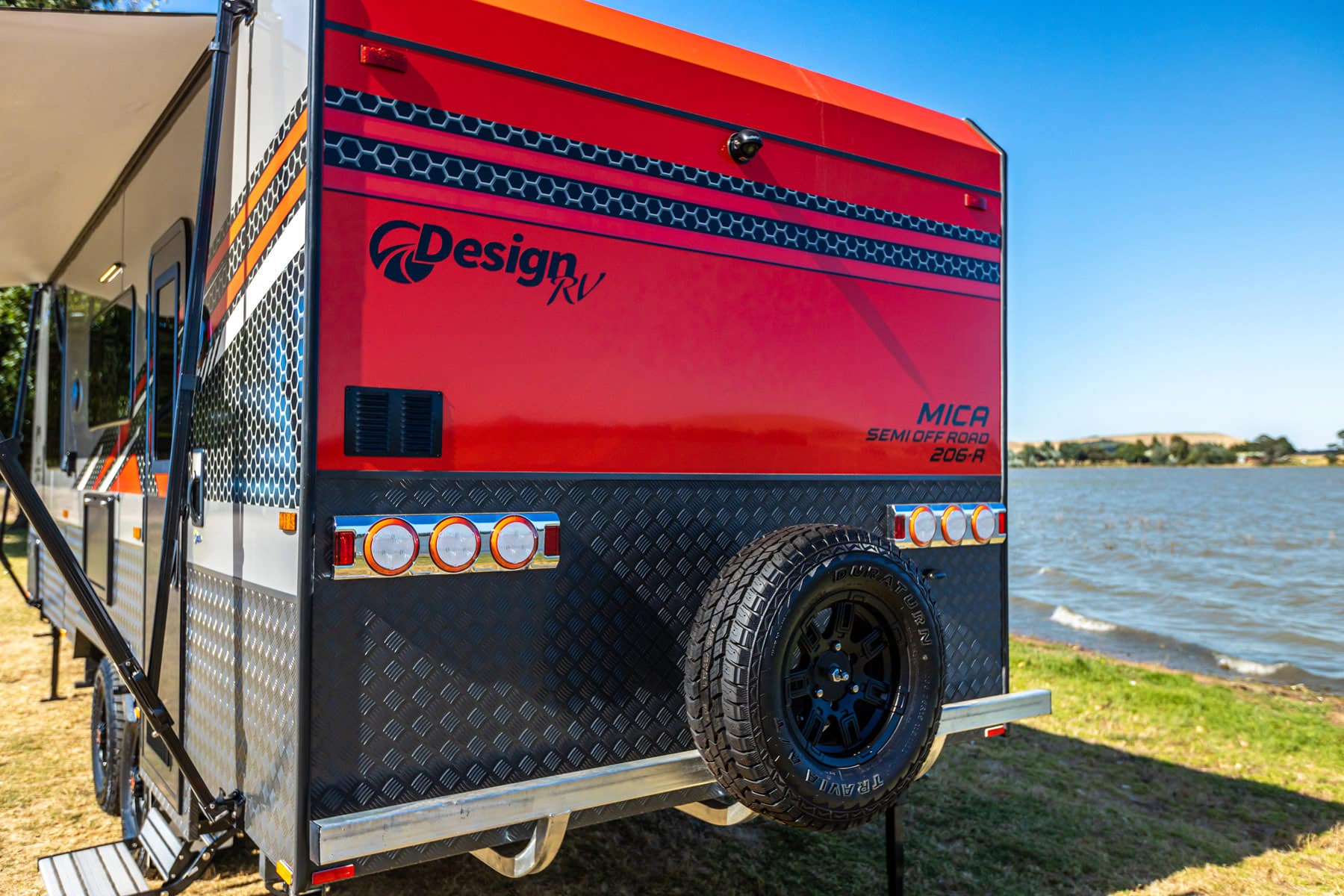
Sand Adventures
When tackling sandy terrains, such as beaches or deserts, lowering your tire pressure is crucial. Start by reducing the pressure to around 15 psi for RVs. This allows the tires to float on the sand rather than dig in, preventing you from getting stuck. Remember to reinflate your tires to the manufacturer’s recommended pressure once you’re back on solid ground.
Mud Mastery
Mud can be a formidable challenge for off-roaders. To conquer it, lower the pressure of your tires to about 20 psi. This widens the tire’s footprint and provides better traction. Be cautious not to go too low, as this can lead to tire damage or a flat. After the muddy adventure, restore the tires to their recommended pressure.
Rock Crawling
Rocky terrain requires a different approach. Here, you want to maintain a higher tire pressure, typically close to the manufacturer’s recommendation. This reduces the risk of puncturing your tires on sharp rocks. However, be mindful of tire sidewalls. Rocks can damage them easily, so proceed with care.
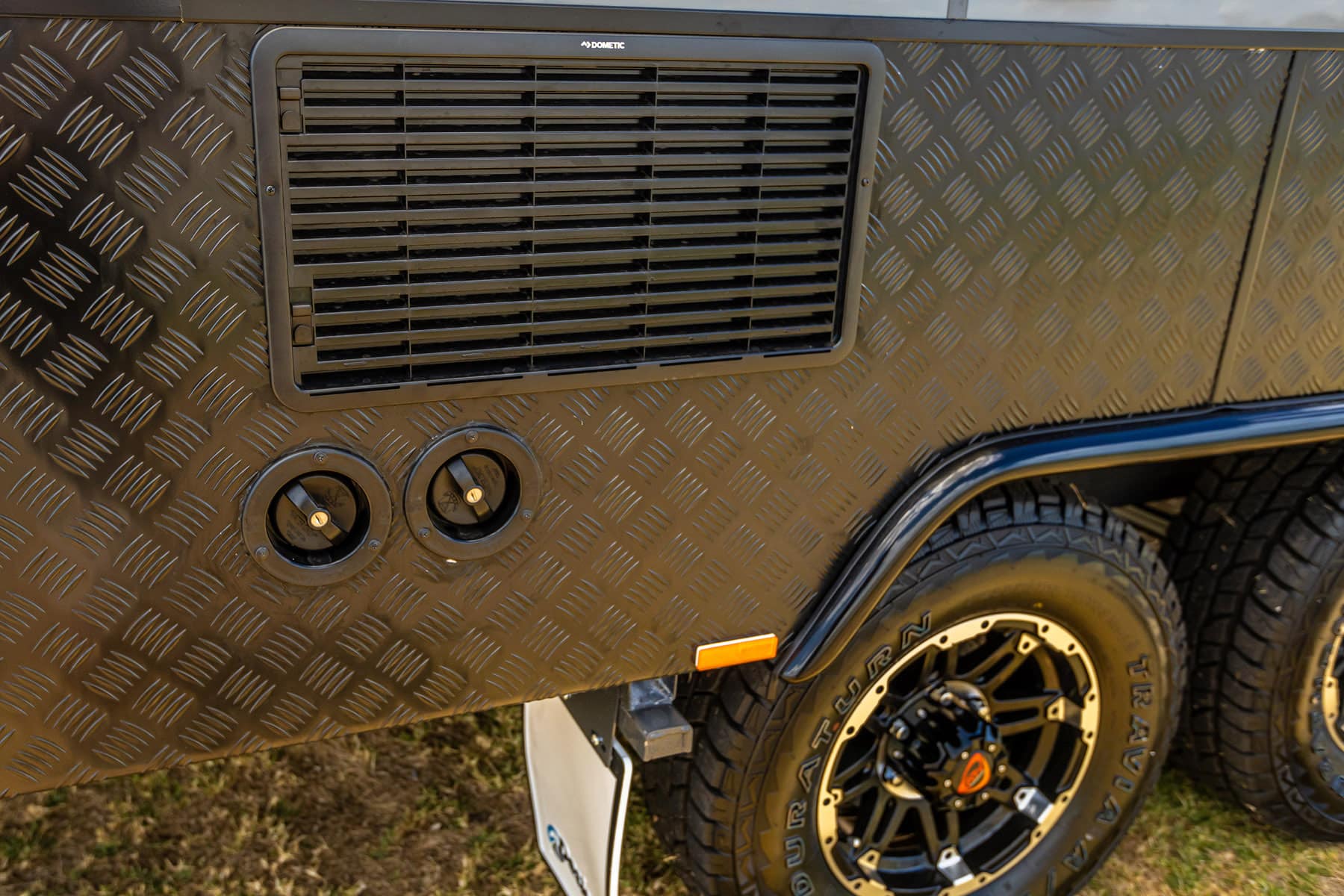

Gravel Roads
Gravel roads are a bit more forgiving, but you can still benefit from slight pressure adjustments. Dropping your tire pressure by 5-10 psi can improve traction on gravel, enhancing your stability and control. It’s a modest adjustment compared to sand or mud.
Invest in a Good Pressure Gauge
To ensure precision when adjusting your tire pressure, invest in a reliable and accurate tire pressure gauge. This tool will help you monitor your tire pressure and make necessary adjustments as you transition between terrains. Digital gauges are popular for their ease of use and accuracy.
Carry an Air Compressor
An onboard air compressor is an invaluable tool for off-roading. It allows you to reinflate your tires to the recommended pressure quickly and conveniently after your off-road adventure. Portable air compressors are available and can be connected to your RV’s power source.
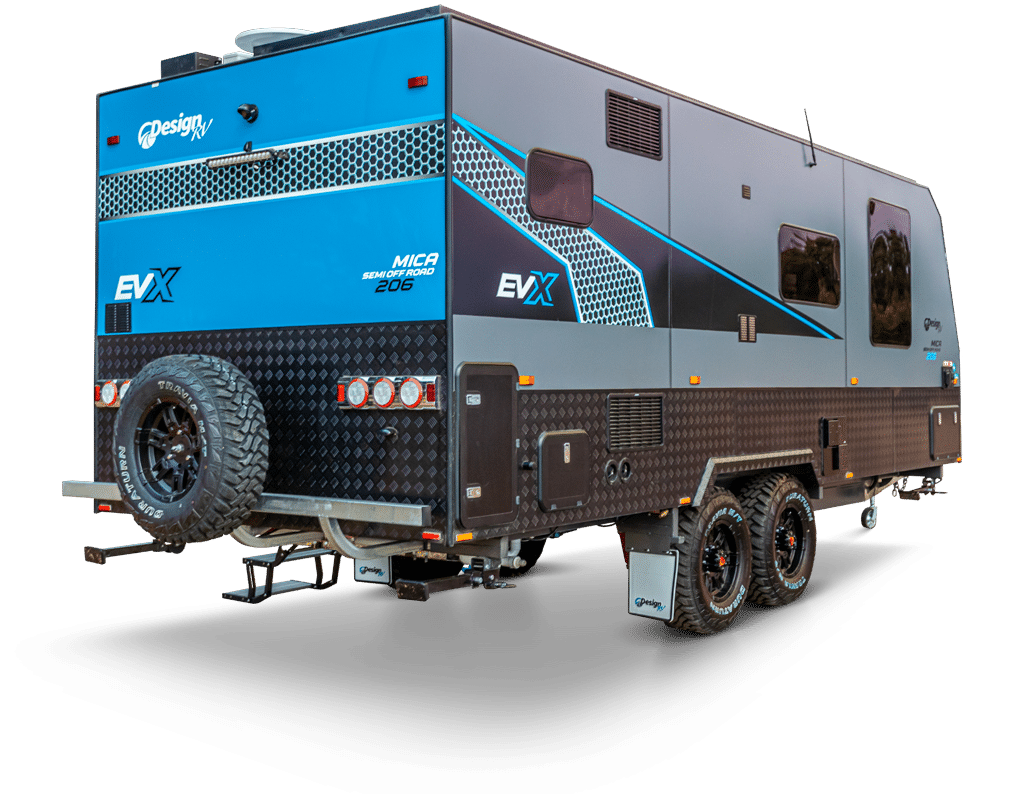
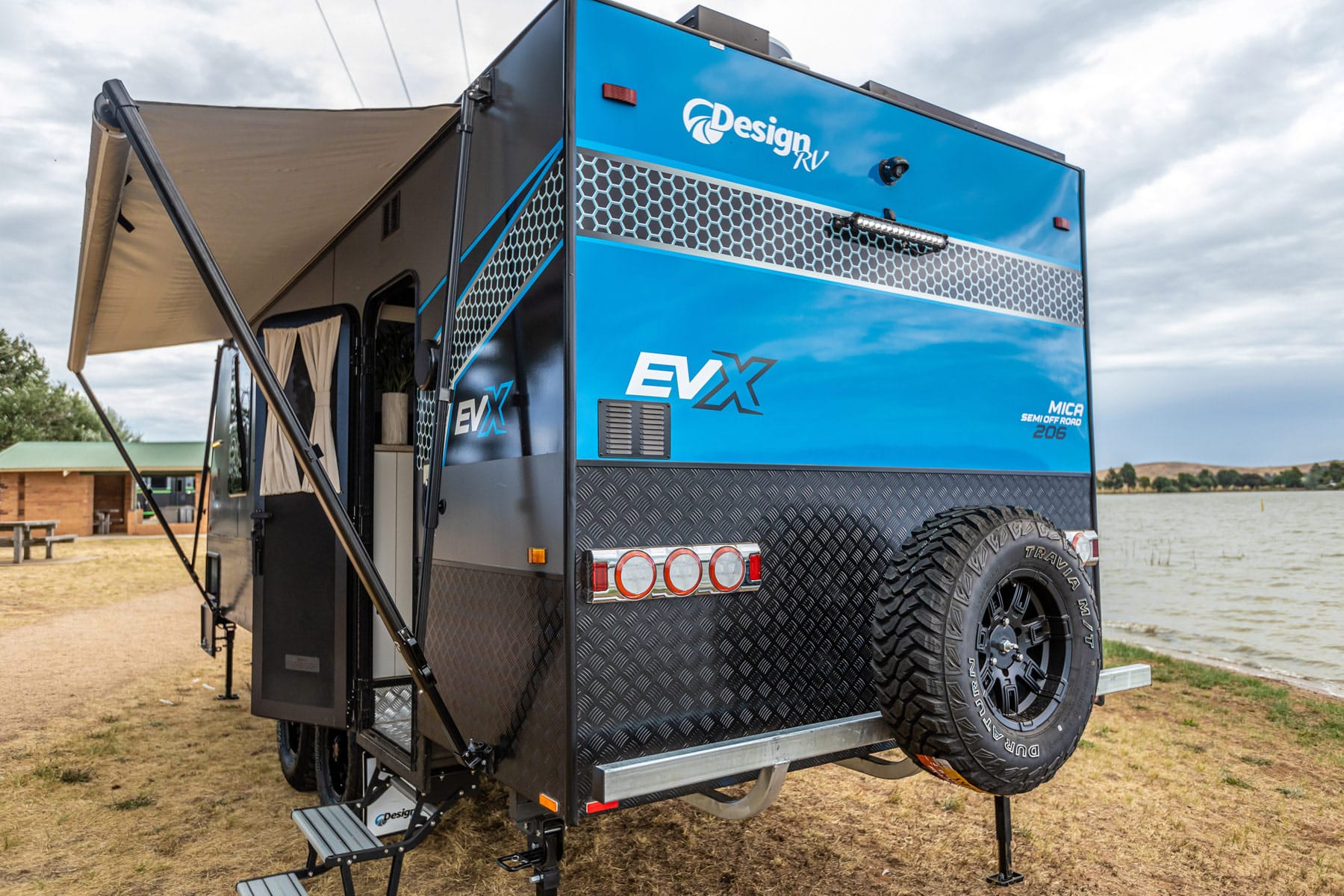
Read more: The Tyre Pressure Guide for New Drivers: Tips and Best Practices
Regularly Inspect Your Tires
Off-roading can be tough on your tires, so it’s crucial to inspect them regularly. Check for any signs of damage, such as cuts, punctures, or bulges. Keeping your tires in good condition is essential for safety and performance.
Conclusion
Off-roading in your RV can be a thrilling adventure, but it requires careful attention to tire pressure. Adjusting your tire pressure according to the terrain, whether it’s sand, mud, rocks, or gravel, is the key to a successful journey. By following these tips and investing in the right tools, you’ll be well-prepared for off-roading adventures that take you off the beaten path. Remember, safety always comes first, so proceed with caution and enjoy the ride!

![CRX_[HERO]_SHADOW](https://designrv.com.au/wp-content/uploads/2023/04/CRX_HERO_SHADOW.png)
![MICA-EVX_[HERO]_SHADOW](https://designrv.com.au/wp-content/uploads/2023/04/MICA-EVX_HERO_SHADOW.png)
![MICA-OFF-ROAD_[HERO]_SHADOW](https://designrv.com.au/wp-content/uploads/2023/04/MICA-OFF-ROAD_HERO_SHADOW.png)
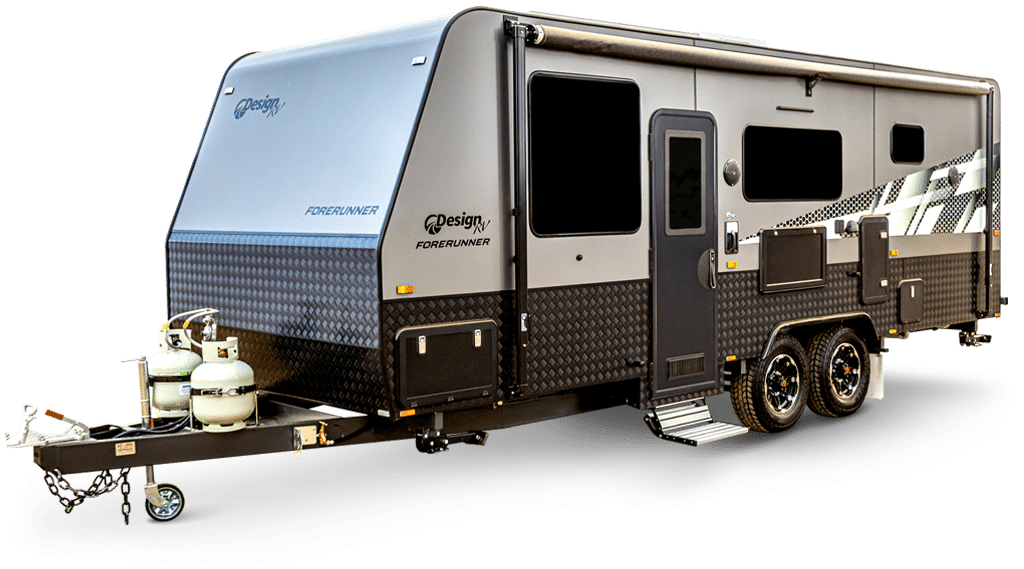
![STRYKER_[HERO]_SHADOW](https://designrv.com.au/wp-content/uploads/2023/04/STRYKER_HERO_SHADOW.png)
![MICA-206_[HERO]_SHADOW](https://designrv.com.au/wp-content/uploads/2023/04/MICA-206_HERO_SHADOW.png)
![GETAWAY_[HERO]_SHADOW](https://designrv.com.au/wp-content/uploads/2023/04/GETAWAY_HERO_SHADOW.png)


